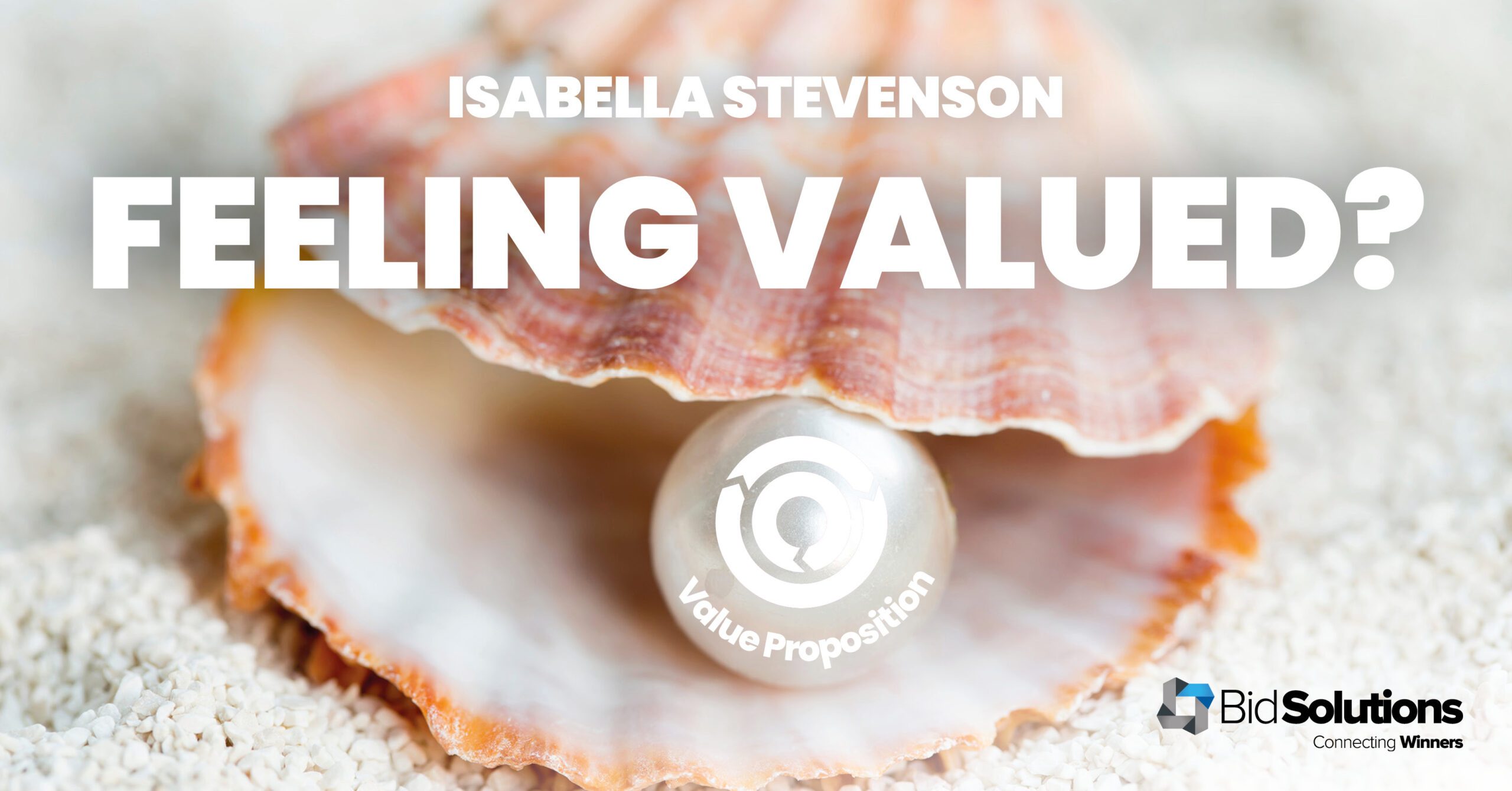
If the term ‘Value Proposition’ were summarised outside of the bid world, it might be something like “a concise statement that clearly explains what your organisation does and how it fulfils a certain need.”
Place this statement back into the context of the Bid Lifecycle and its value seems to automatically depreciate! As part of the Capture Phase, value proposition development is so much more than the definition given above. It requires time, research, internal collaboration and, most importantly, a client-focused stance.
How can each of these elements be approached to develop something meaningful to the client (that makes them feel valued) while also justifying your pursuit of a bid opportunity? Let’s explore.
Time – Sometimes the Capture Phase of the Bid Lifecycle can be very short or even non-existent. So it is vital to give yourself enough time and space to develop your proposition and potentially revisit and revise it. This will ensure it is fit for purpose and provides the right level of value to the client.
Research – It is so important to identify and understand your client’s main issues and pain points so you can help solve them (ideally through your product or service!). However, wider research around the client plays an important role in developing that unique value proposition. This can include exploring issues that have affected them in the past and have led to the current situation, and identifying potential risks they may not have recognised yet.
Internal collaboration – Sharing ideas and differing viewpoints can really elevate the eventual value proposition by stress testing what is being proposed. Liaising with different departments in your organisation also allows knowledge and data sharing to facilitate a fuller and more balanced approach. For example, involving your commercial team in the value proposition development process can assist in shaping the cost benefit to the client with carefully devised analysis.
Client-focused – This is probably the most important element. Ultimately, the client needs to feel valued and understand how your solution will address their unique needs while delivering tangible benefits. Your solution will demonstrate this by always bringing the focus back to the client and understanding their challenges, issues and risk factors.
This article was written by Isabella Stevenson.
Bella started her career in bids over 14 years ago working for a recruitment consultancy co-ordinating their EMEA-wide bid submissions. For the last 10 years, she has worked as a Bid Manager, mainly within the EV infrastructure and built environme but also in sectors as diverse as facilities management, security and dentistry.
She enjoys collaborating with technical teams via wdrkshops and review sessions to build win•themes, install best practice and develop creative thinking to win more contracts and help organisations meet their business development objectives.

